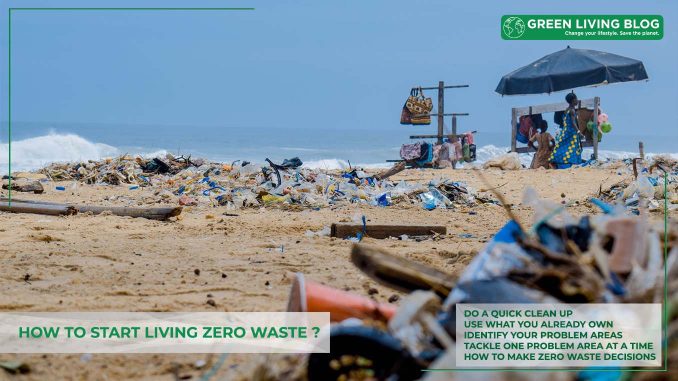
With the 254 million tons of trash produced annually in America alone, it is easy to feel like your sustainability efforts are a drop in the ocean. This often leads to asking ourselves questions like:
- Is recycling one water bottle really going to matter?
- If most people still don’t compost, what is the point?
- What harm will one little straw do?
These questions can lead to frustration and eco-anxiety, clouding our sustainability journey’s next step.
If this sounds like something you’ve struggled with or you want a clearer path to living sustainably, it may be time to go zero waste. While we believe that no sustainable act is too small to make a difference or inspire change, zero waste offers a fantastic blueprint for eco-friendly and green living.
What is Zero Waste & what are the Benefits?

Living zero waste means having the goal of sending no waste to landfills.
Do you have to produce no garbage to be a true zero waster? Nope!
But you will find that every effort made toward that goal carries momentum. This lifestyle shift also holds an abundance of personal benefits, which include:
- Less Spending. Between reduced food waste, shopping second-hand, and DIYs, saving money with this lifestyle comes naturally. And we aren’t just talking about a few dollars here and there—it is possible to save $5,000 a year with zero waste!
- Slow Living. This lifestyle embraces the idea of slow living, which can benefit both mental and physical health. Low waste, slow living activities common among zero wasters include cooking, yoga, reading, hiking, and upcycling.
- Healthier Eating Habits. Avoiding unnecessary packaging cuts out most processed foods, leaving a wide selection of whole foods. This can make it easier to transition to a sustainable, healthy, and ethical diet.
- Connection & Support. The zero-waste community is filled with like-minded individuals that are passionate about sustainability. They are always happy to share ideas and offer support. You can find these groups in-person, as well as online.
5 Easy Steps to Start Zero Waste
Whether you love the idea of preserving the environment, saving money, living healthier, or all of the above, here are five easy steps to kickstart zero waste living!
1. Do a Quick Clean Up
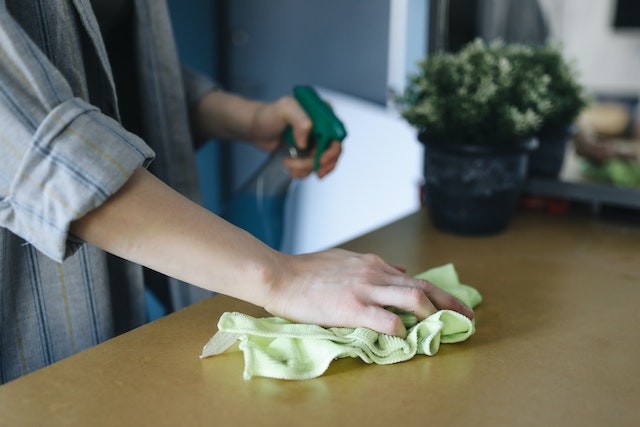
Channel your inner Marie Kondo and sift through what you already own. It’s easy to forget what we have stuffed in the back of our pantry or our bathroom cupboards, so this quick clean-up will help refresh your memory.
You don’t have to do a complete spring cleaning—unless you want to—but at the very least you should:
Group Similar Items Together
Consolidating similar items into one spot, such as makeup in a drawer and cleaning supplies in a single cabinet, will make it easy to see what you have on hand. This will help ensure that you don’t accidentally rebuy what you already own. Plus, it gives you an idea of what you should use up before replacing household items with zero waste swaps (see Step 2).
Clean Your Fridge
Organizing your fridge will help avoid food waste. Consider placing an indoor compost bin at the front for food that is expiring soon. This bin should be a go-to for snacking, as well as recipe ideas. Have fruit about to expire? Cut it up and place it in mason jars to make instant smoothie packs for the freezer. When you’re craving a cold treat, simply dump the mason jar in the blender, add the liquid of your choice, blend, and enjoy!
2. Use What You Already Own
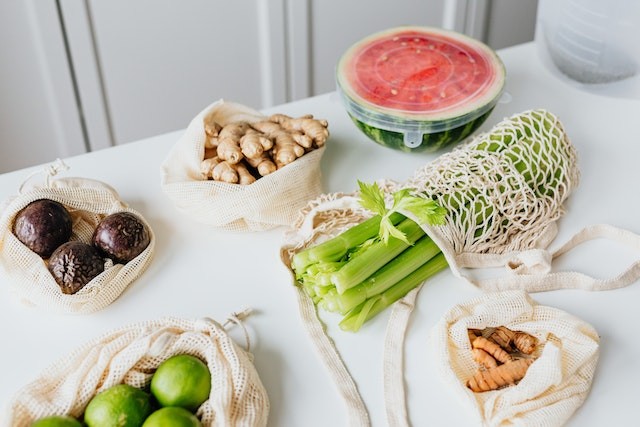
Eco-friendly living is more mainstream than ever, which means there are many waste-free items on the market to support it. This includes everything from safety razors for your zero-waste beauty routine to reusable coffee filters for a wasteless cup of java. But while this smorgasbord of options is great news, it also leads to the common mistake of people buying a slew of zero waste alternatives right away.
Why is this unideal? It defeats the purpose if your old stuff is going to the landfill to make way for a replacement. While it is true your wasteful items will go there eventually, it is more sustainable to use them first. Therefore, try to use up what you have and then look for more sustainable alternatives later. If you truly aren’t going to use an item, pass it on to a friend that will, donate it to charity or a secondhand shop.
3. Identify Your Problem Areas

Zero waste works best when you adapt it to your current lifestyle. It’s important to understand that there are no universal solutions and that everyone tends to have different wasteful tendencies. To find your problem areas when it comes to your waste production, we suggest a trash audit.
To complete a trash audit, go through the waste you’ve created over the week and make a note of what is most prominent. A list on a scrap piece of paper with a tally will often do the trick! Alternatively, if you don’t want to pick through trash, you can keep lists above your trash cans for a week and write down what is going in the bins.
4. Tackle One Problem Area at a Time
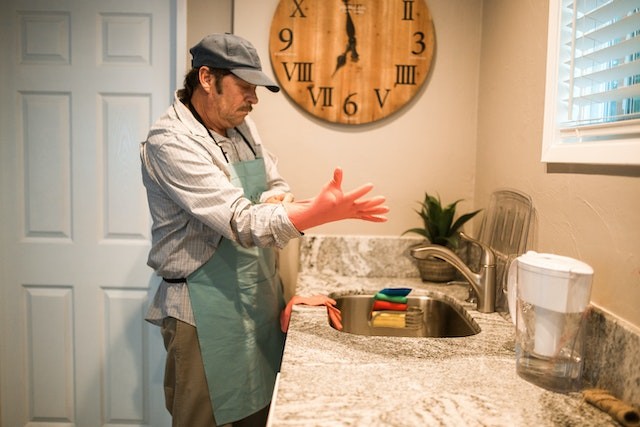
You may find that you have a lot of work to do when it comes to reducing your waste but trying to change everything at once will get overwhelming fast. Instead, take it slow and pick a couple of items that you can make zero waste. Try these solutions to common problems to get started or research additional solutions.
Food Waste
If you have a lot of food waste in your trash, the first step is starting to compost. Beyond that, try meal planning each week to minimize the amount of food that spoils.
Food Packaging
Save glass jars and other containers to buy food in bulk to reduce waste. You may also want to try your local farmers’ market for package-free produce and baked goods.
Paper Towels
Cut up worn-out clothing to mop up spills or use reusable paper towels or cloths. All of these can be washed and reused numerous times.
Beauty Products
Replace single-use items like cotton pads with washable cotton rounds or cut-up fabric squares. Swapping to refillable products is also an excellent option to combat waste from your beauty routine.
5. Understand How to Make Zero Waste Decisions
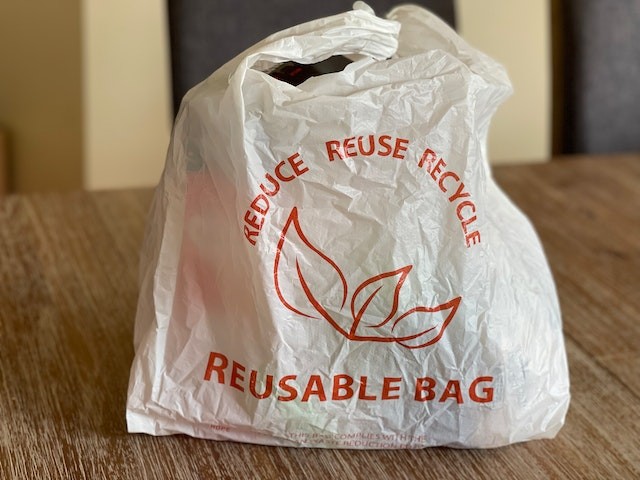
Sometimes it can be hard to figure out which solution best aligns with zero waste. This is where the zero-waste hierarchy comes in.
Or the simplified version called the 5Rs.
Refuse: Do you really need it?
Reduce: If you need it, can you reduce how much you need?
Reuse: Can you reuse or repurpose? Or, is there a reusable alternative instead?
Recycle: If it can’t be reused, can you recycle it?
Rot: If it can’t be recycled, can you compost it?
The 5Rs are listed in order of priority. However, while reusing ranks higher than recycling, don’t torment yourself over where your habits fall when you start zero waste. Instead, start by concentrating on staying within the 5Rs with your choices. Remember that anything that falls below Rot is waste, which is what you want to avoid.
Zero waste is a journey. This sustainable lifestyle doesn’t happen overnight, and even over time you may never reach the point of producing no waste—but that’s okay. We need people taking small steps toward sustainable change to make a difference. And heading towards zero waste is the perfect place to start.
![]()


Leave a Reply
You must be logged in to post a comment.